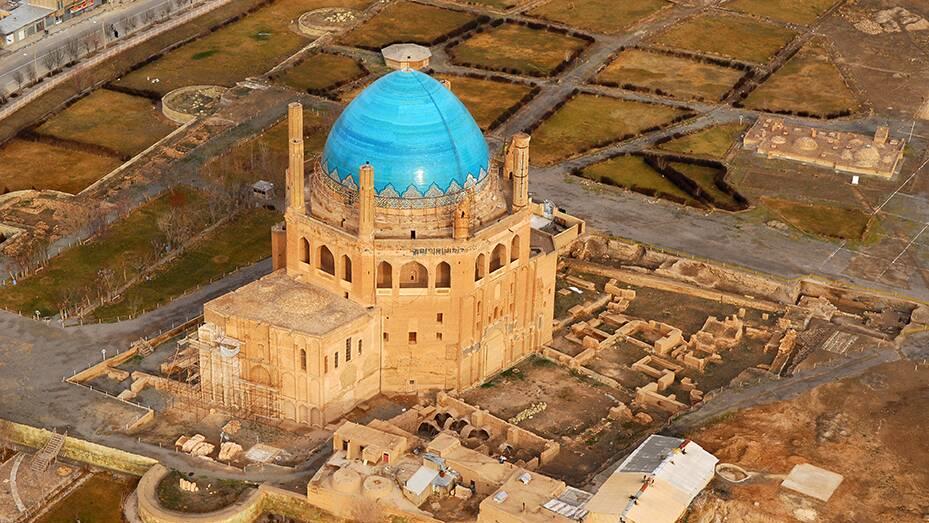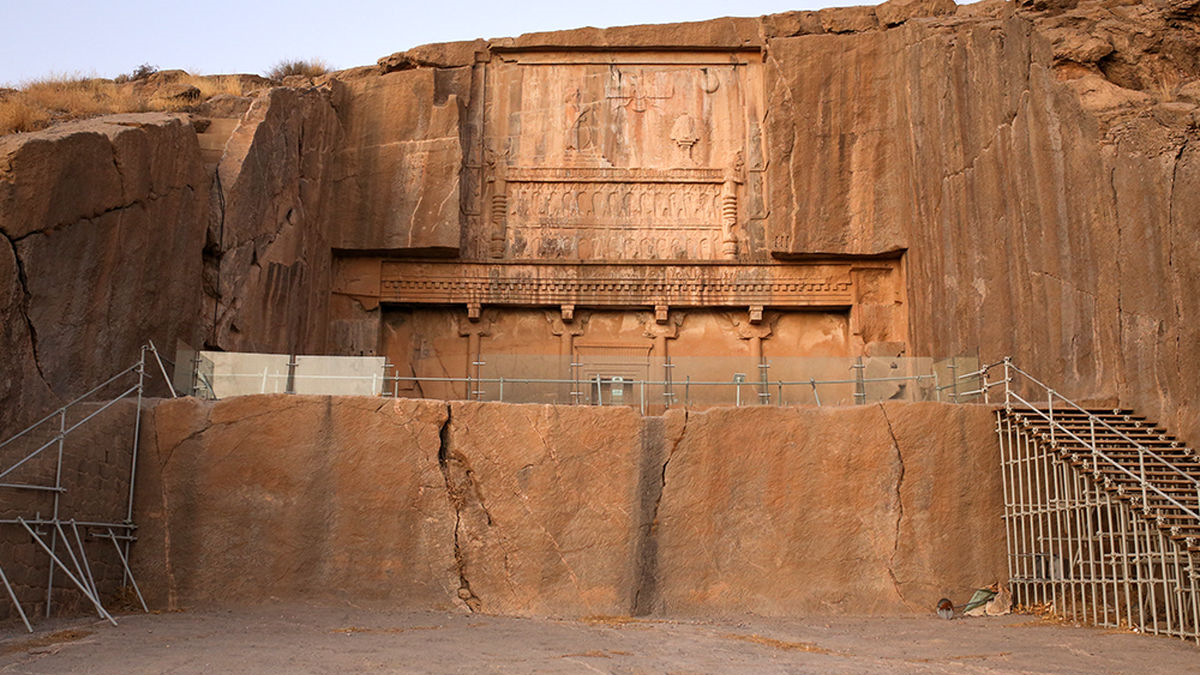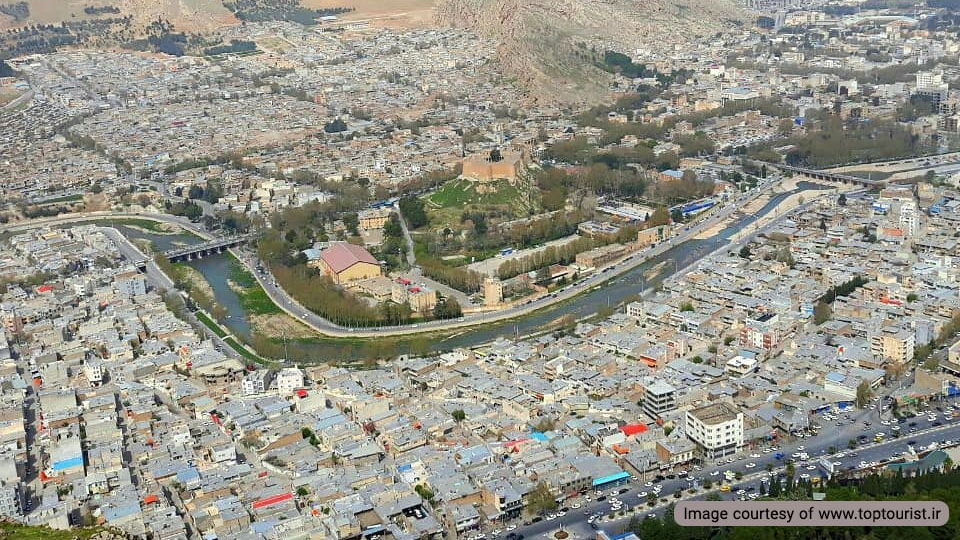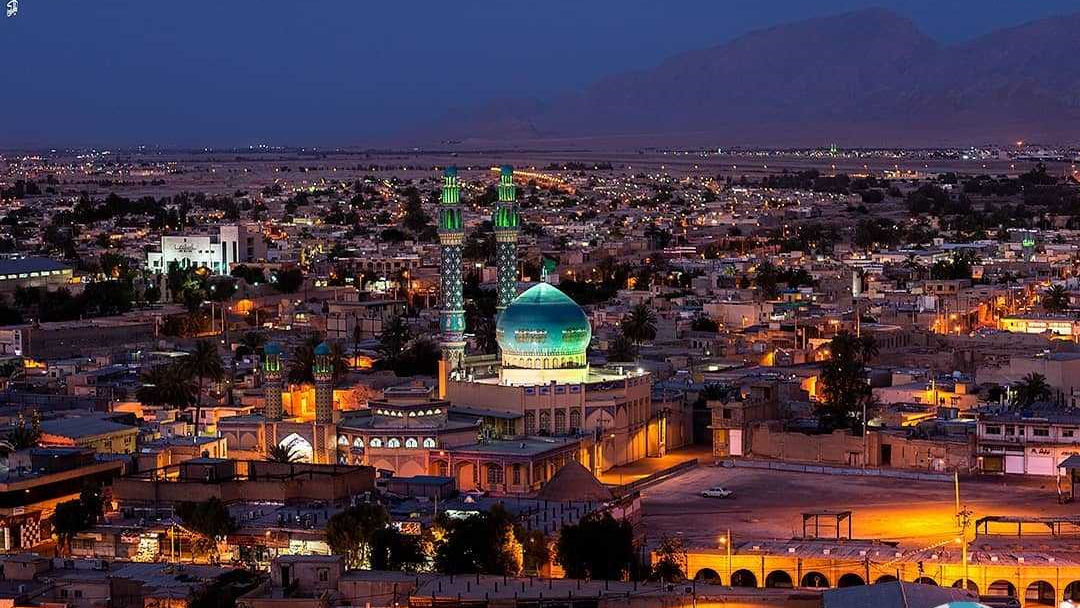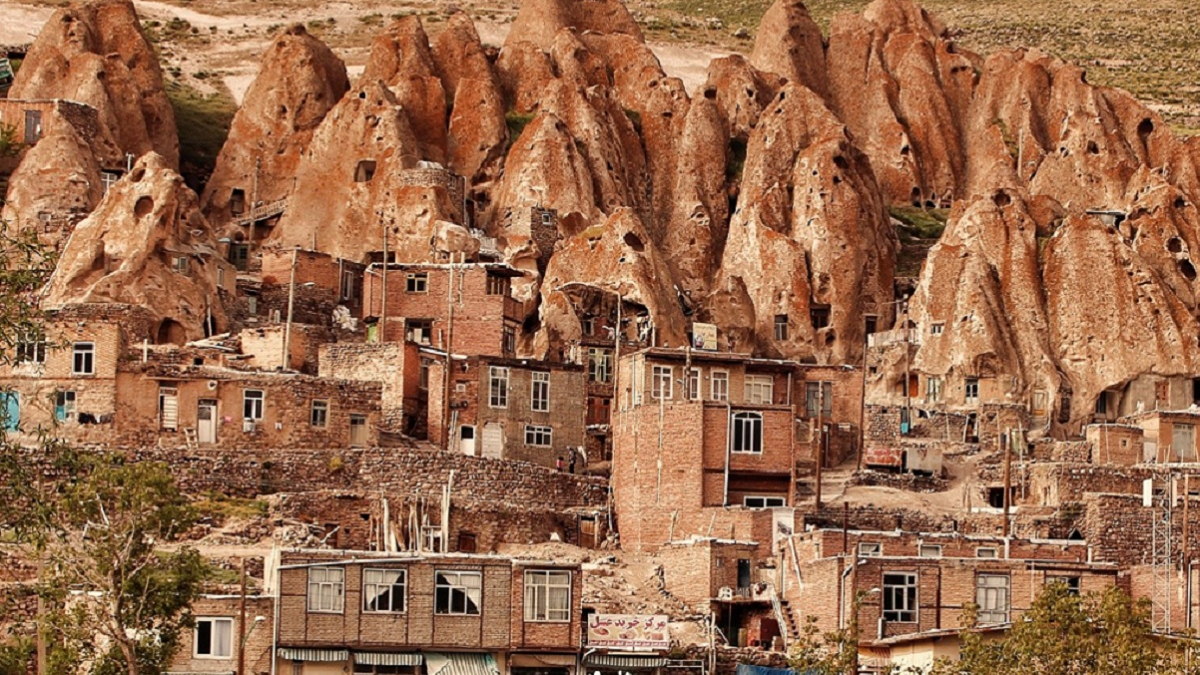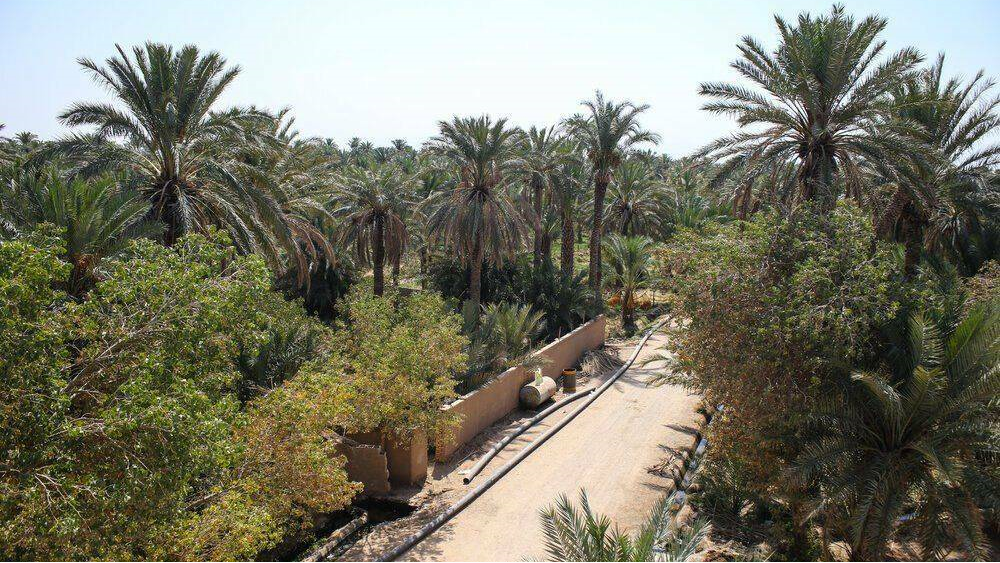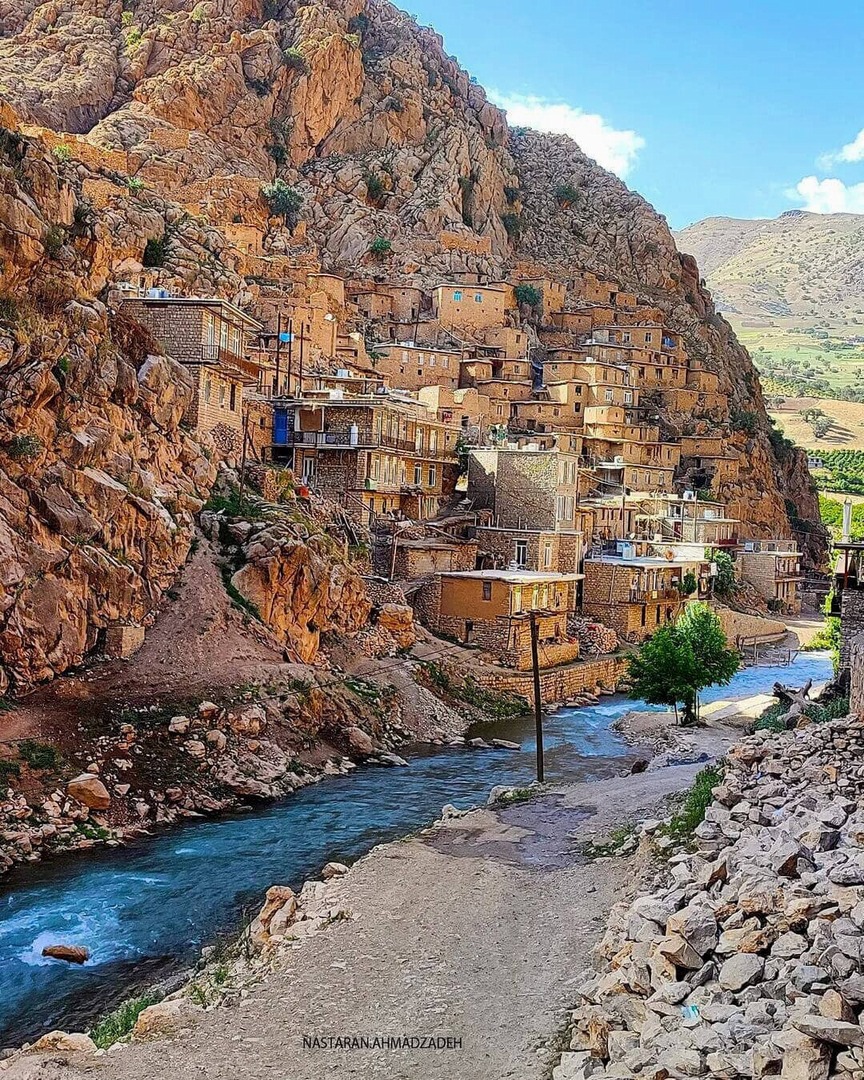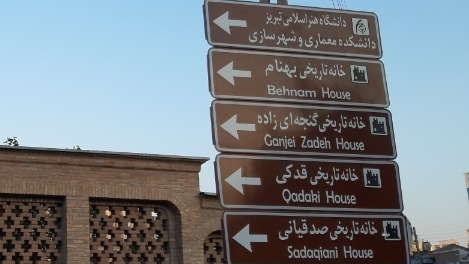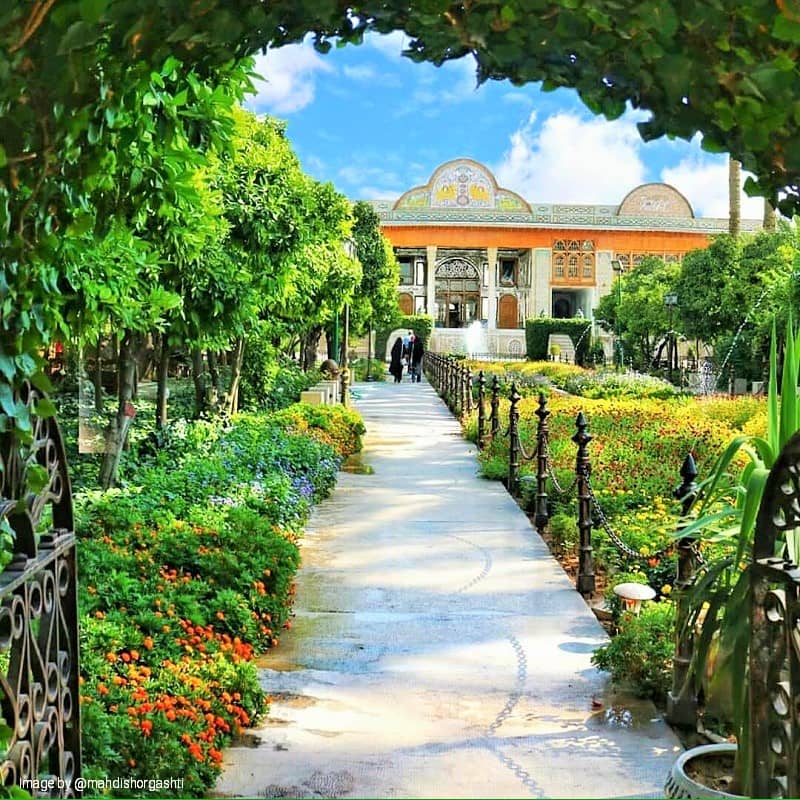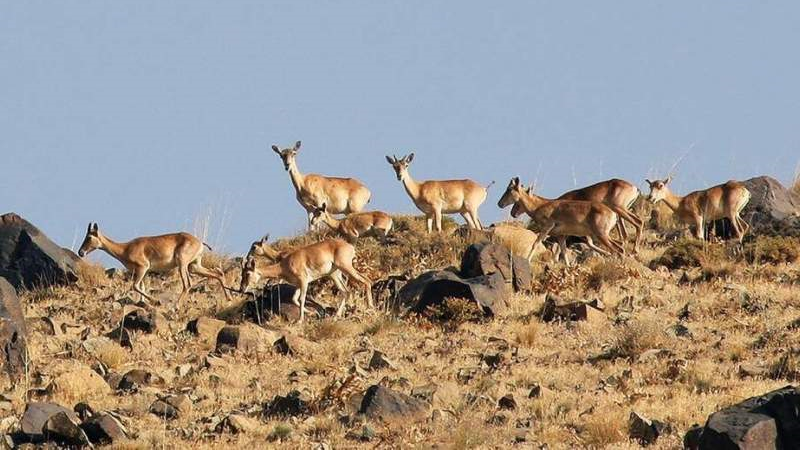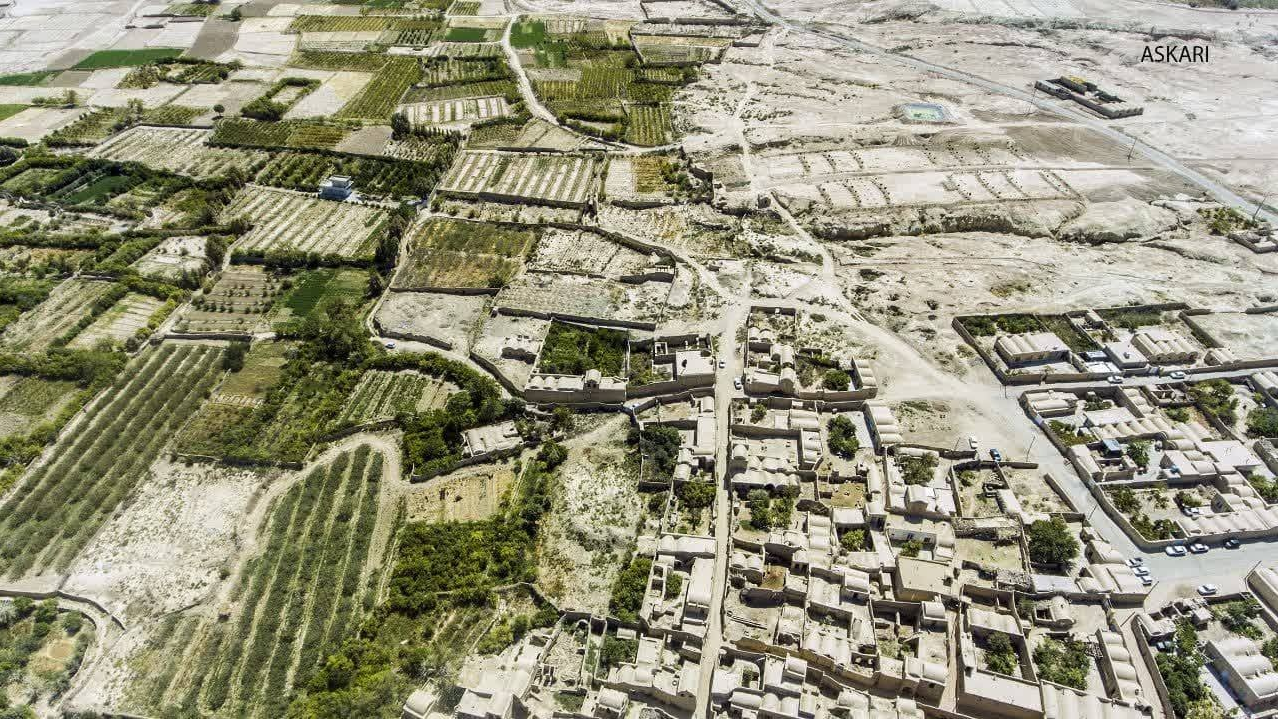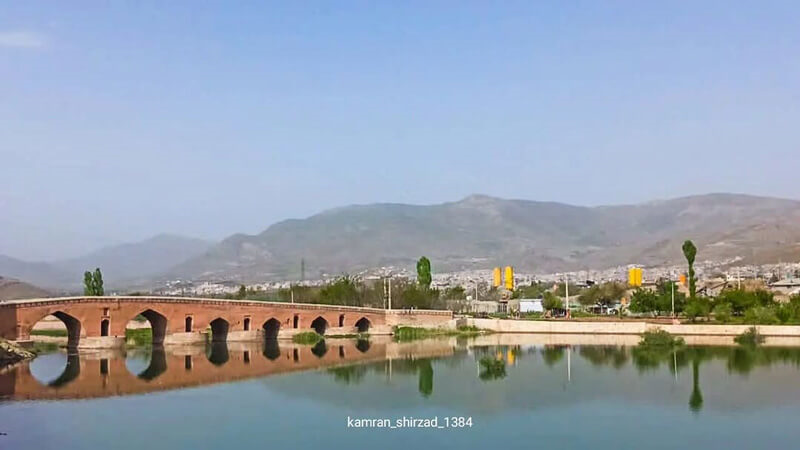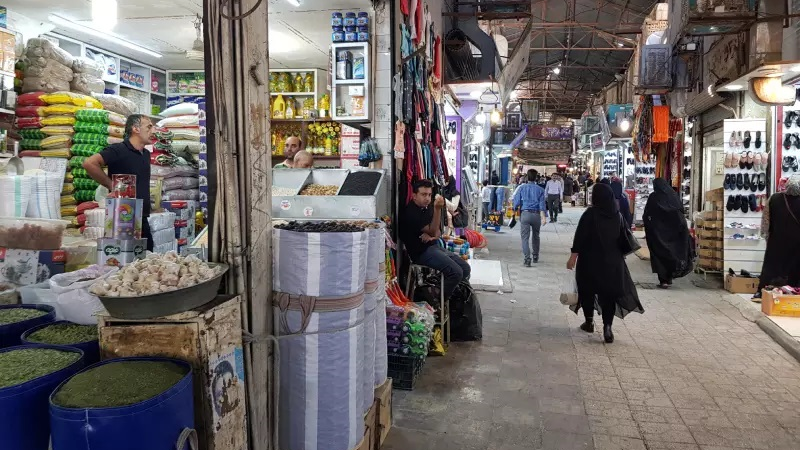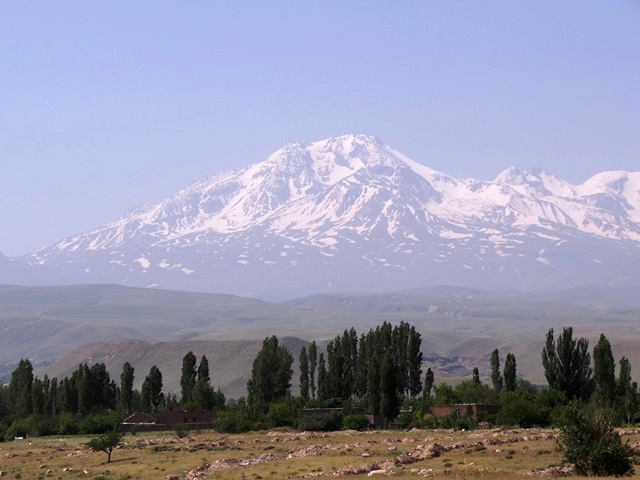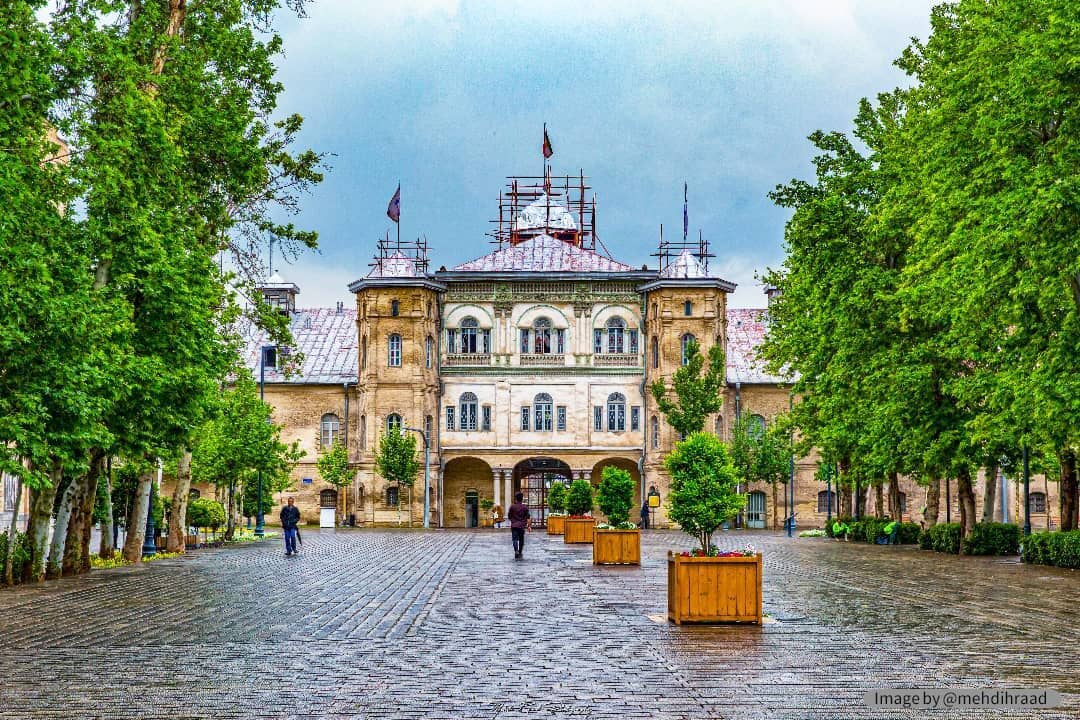
Arg-e Bam
The ancient “Arg-e Bam” or Bam Citadel has had a turbulent history since its establishment until today. Due to its geographical location, Bam has been very important since the distant past. This area is located in the south of the Lut Desert and north of the Barez Mountain Range, which is approximately 100 km long and stretches from the northwest to the southeast and its highest point is the Alam Shah Peak with a height of 3741 meters.
History of Arg-e Bam
It is not possible to determine the exact time of the foundation of the ancient Arg-e Bam, but it is certain that it was founded during the Achaemenid era (first millennium BC). Some historical sources attribute its foundation to the sixth Achaemenid king, Ardeshir I, who reigned from 465 to 424 BC. It has been recorded that after establishing a strong fortress, Ardeshir I who was popularly known as “Bahman” which means a “man of good thoughts” and “good nature”, settled the people of the city of “Kajaran” in it. Some experts believe that the name of the city of Bam is the modified version of the name “Bahman”. After Ardeshir I, Iranian kings paid special attention to Bam because of its special position. In later periods, certain buildings were added to the original structures and, therefore, the present-day structure of Arg-e Bam can be related to different eras.
It seems that Bam had been the place of cotton and silk yarn and fabric production in the distant past. The presence of mulberry trees in the surrounding gardens and being on the route of commercial caravans that made it possible to trade this product are the reasons cited for the prosperity of this profession in Bam.
The Architecture and Features of Arg-e Bam
Like other desert canyons, this ancient citadel, which also functioned as a city, was surrounded by walls covering an area of nearly 200,000 square meters. There is an area inside the citadel covered with a protective wall that was used as the residence of the governor of the region. The walls surrounding Arg-e Bam are 1815 meters long and their height is about 6 to 7 meters. The remains of 38 guard towers can be recognized in different parts of this wall. A ditch was also dug outside the wall that was filled with water during attacks by invaders to better protect the place. It seems that, except for the area inside the protective wall, there were several forts and fortresses in the surrounding areas, but no trace of them can be seen today.
Arg-e Bam has gained worldwide fame for its structures and its unique architectural style that is unmatched anywhere else. The architects of this ancient city had created arched and domed structures using mud and clay adobes in a traditional way to form one of the most complete examples of Iranian desert architecture. One of the interesting things about the structure of this citadel is its water supply system. In addition to the qanat that carried water from the Barez mountains into the citadel and delivered it to different places with a U-shaped pipe, several wells had also been dug to supply water. There were also some surface canals for watering trees.
The structure of Arg-e Bam consisted of two parts: the middle part which consisted of a castle and the ruler lived in it, and the peripheral part where people lived. The middle castle had been built on a hill and overlooked all the surrounding areas. Several structures, including stables and barracks, can also be seen in this section. The peripheral part of the citadel was located in a relatively flat area. 528 houses have been identified in this section. Some of the most important parts of Arg-e Bam were as follows:
Bazaar
The bazaar was 115 meters long and had 42 shops. The main products that were sold in this bazaar were silk, cotton, and textiles made from them. There was a bakery in the east of the market. Spinning and dyeing workshops had also been active in the western part of it. There is a small mosque at the end of the western passage of the bazaar.
Square
A square has been built in the western passage of the bazaar, where the mosque is also located, which is known as “Takiyeh”. It seems that during the Safavid era (16th century AD), this square was used as a place to hold Muharram mourning ceremonies. The presence of an adobe pulpit in this place supports this view.
Jame’ Mosque
This mosque had been built on the remains of an old fire temple. The four-porch architecture of the mosque, which later turned into a three-porch one, indicates that it was established in the early Islamic centuries. Some experts have attributed the establishment of this mosque to the Saffarid era (861 to 1002 AD).
Zourkhaneh, Mansion, and Caravanserai
Zourkhaneh sport is considered an ancient Iranian sport and is centuries old. This sport is performed with special rituals and its venue is called Zourkhaneh. There is a Zourkhaneh in Arg-e Bam, which has a customary pit, a dome, and four porches. This building was probably built in the Safavid era. There is a mansion known as Malek-al Tojjjar near the Zourkhaneh, which is characterized by the presence of a private bathhouse. In the past, because it was very difficult to supply bath water and the fuel needed to heat it, only noble houses had such facilities. The mansion is connected to the caravanserai by a corridor. This caravanserai has a large courtyard and a platform in the middle - in the style of old Iranian caravansaries - that were used for trade purposes.
School
There is a school known as “Mirza Naeem” almost in front of the Jame’ Mosque and most probably teacher or teachers of the school also resided inside the school. There is a tomb in the corner of the schoolyard, which is believed to be that of Mirza Naeem.
The Sabbath of the Jews
There is a covered passage at the end of the main passage, just before the governor’s residence, which is known as the “Sabbath of the Jews”. A two-story mansion in the west and a wind tower and a balcony in the south of Sabbath are among its prominent buildings. In the past, Jews were present in this part of the city and were engaged in different aspects of fabric production.
The Residential Area of the Governor of Arg-e Bam
The entrance gate of the government part is in the northern part of the residential part, facing the Sabbath of Jewish. The gate has a tower and a rampart that was used by watchmen. there is a place in this section for the soldiers who served the army of the time. There is also a prison in the form of a deep black hole in the ground and under one of the government towers. It seems that this prison was built during the Saffarid era.
The main part of the government part of Arg-e Bam was the governor’s residence. A house with summer and winter sections and open space, with stucco that resembles the decorations of the Seljuq era (1037 to 1194 AD) as well as a four-story pavilion where the four main pillars of government (judiciary, finance, municipality, and police) had their offices.
The Present Condition of Arg-e Bam
With the increase in population, the establishment of security, and the foundation of the new city of Bam, people gradually moved outside the fenced area of Arg-e Bam. The transfer of Arg-e Bam barracks in 1930 AD accelerated the process of population transfer and finally in 1969 AD this ancient site was deserted and its structure began to gradually get eroded. Several restorations were carried out in the city, especially in 1973 and 1993 AD, but the devastating earthquake of 2003 AD caused widespread destruction to Arg-e Bam.
Following this earthquake, the name of this site, which had been inscribed on the list of Iran’s national heritage in the year 1966 AD, was added to the list of endangered world heritage. However, after the restoration of Arg-e Bam in 2013, it was removed from the list of endangered works. Arg-e Bam has also been listed by UNESCO as part of the World Heritage Site.
| Name | Arg-e Bam |
| Country | Iran |
| State | Kerman |
| City | bam |
| Type | Historical |
| Registration | Unesco |
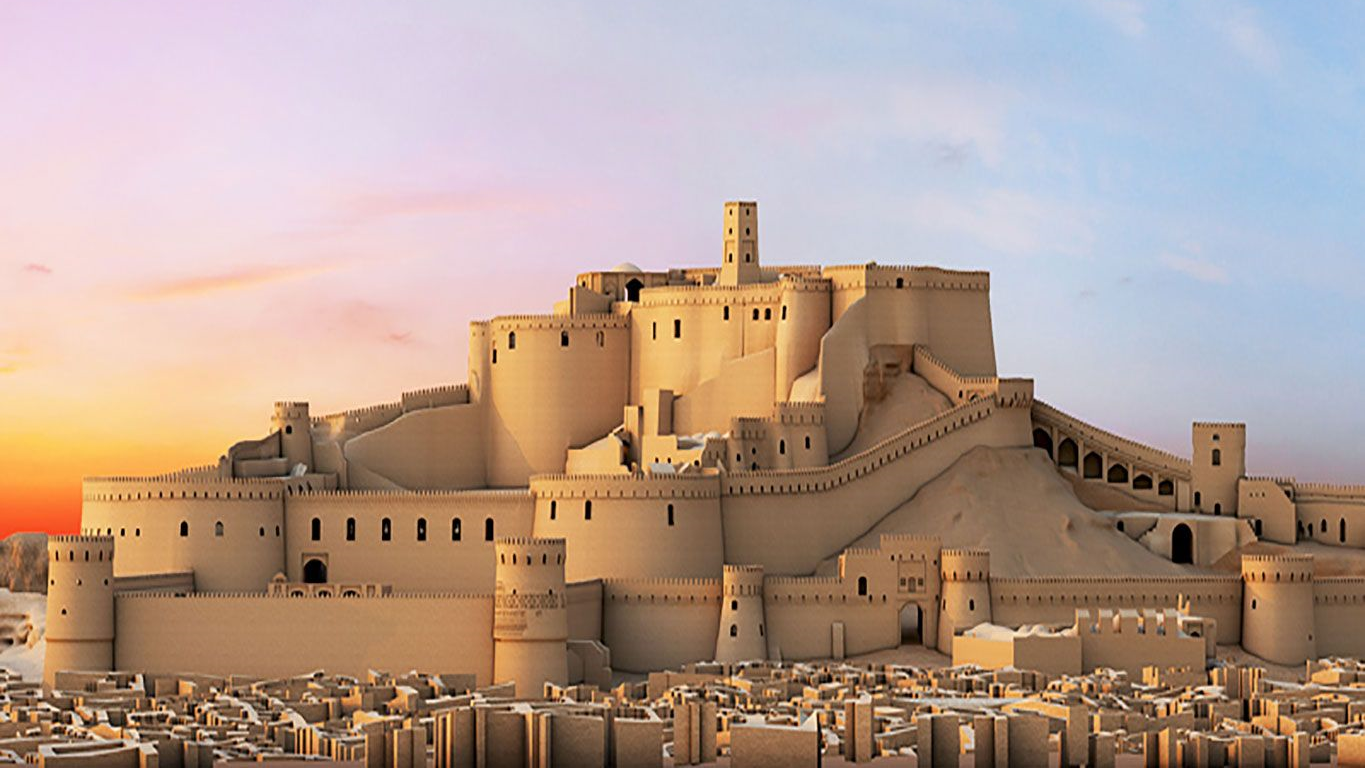
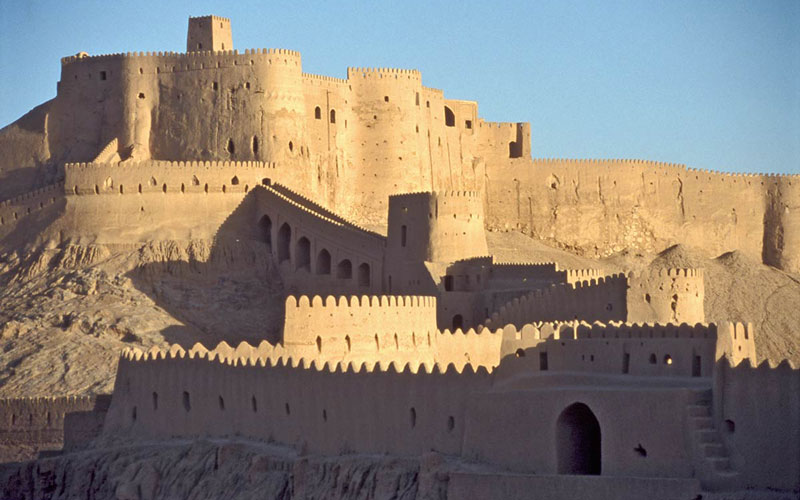
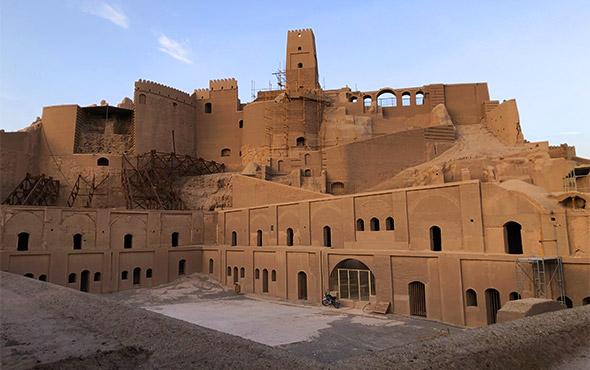



Choose blindless
Red blindless Green blindless Blue blindless Red hard to see Green hard to see Blue hard to see Monochrome Special MonochromeFont size change:
Change word spacing:
Change line height:
Change mouse type:
